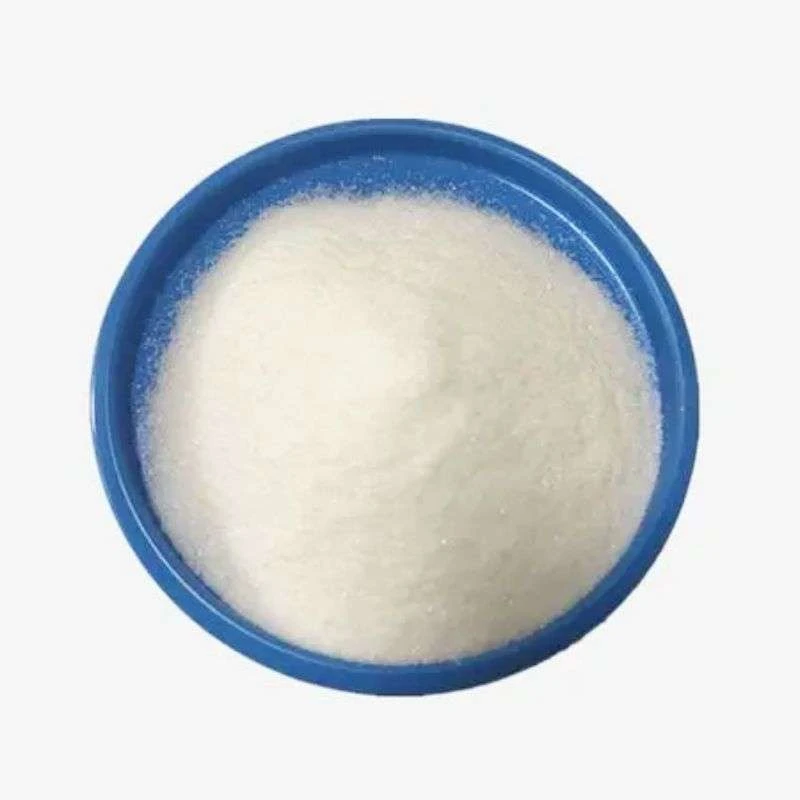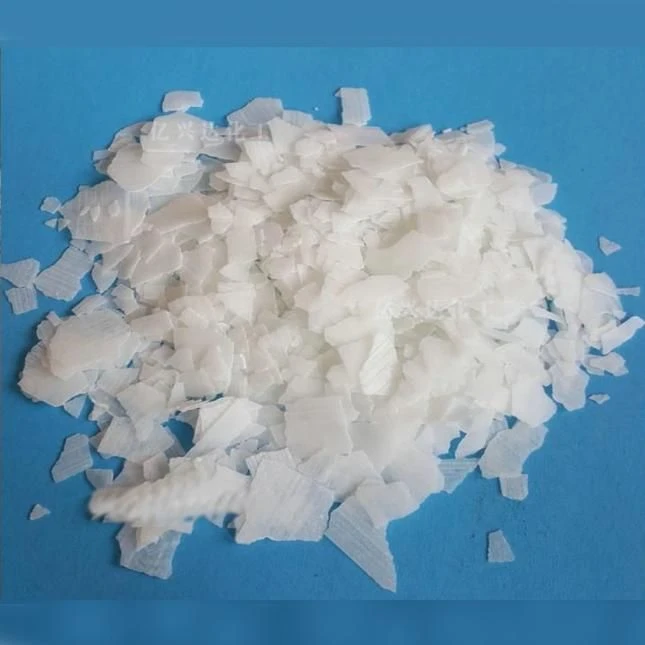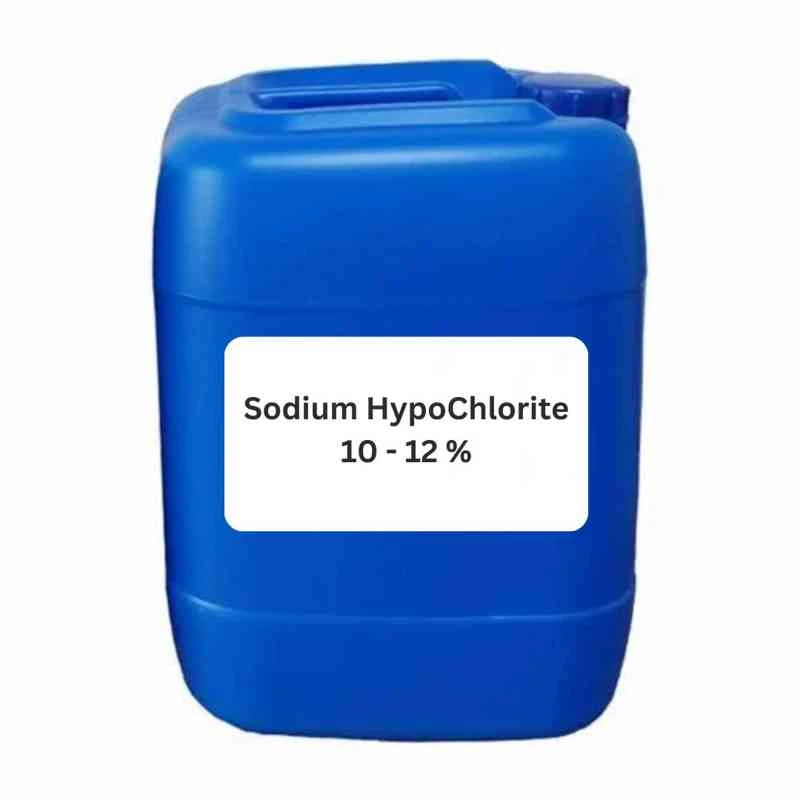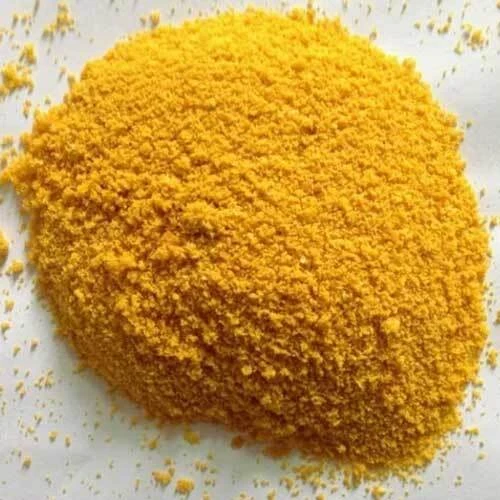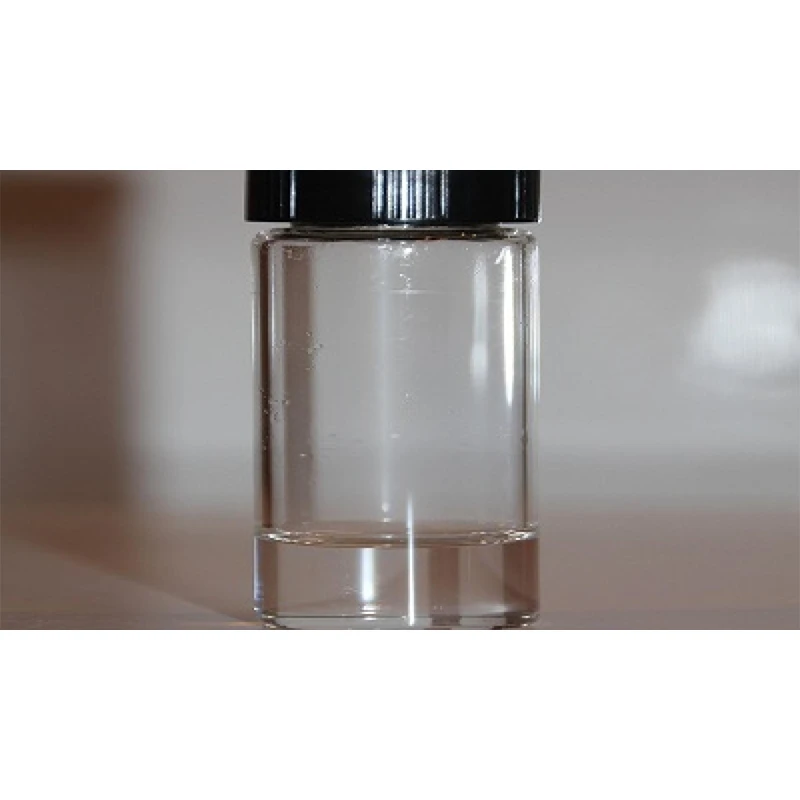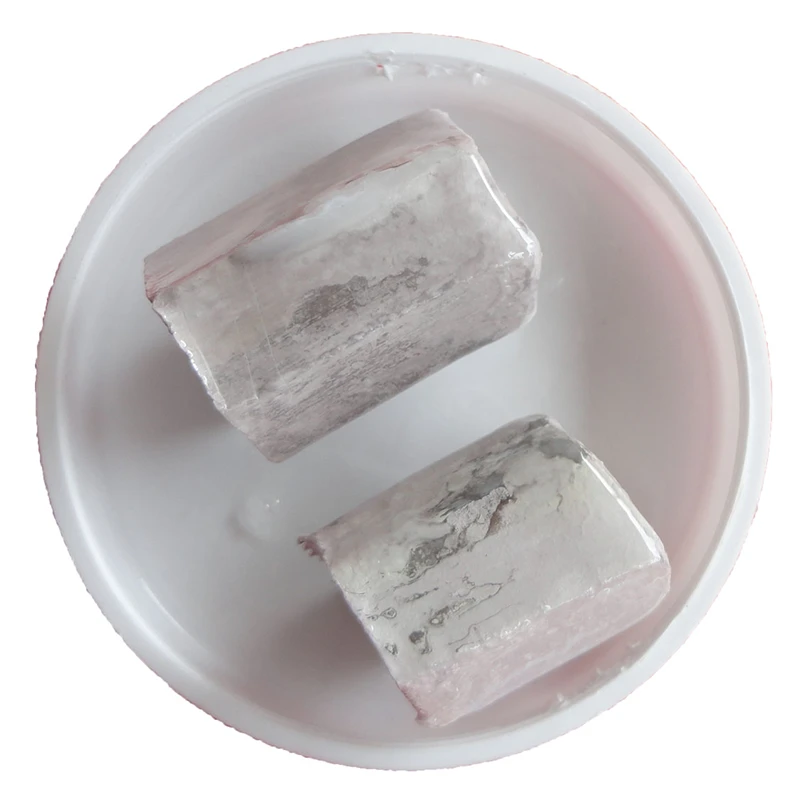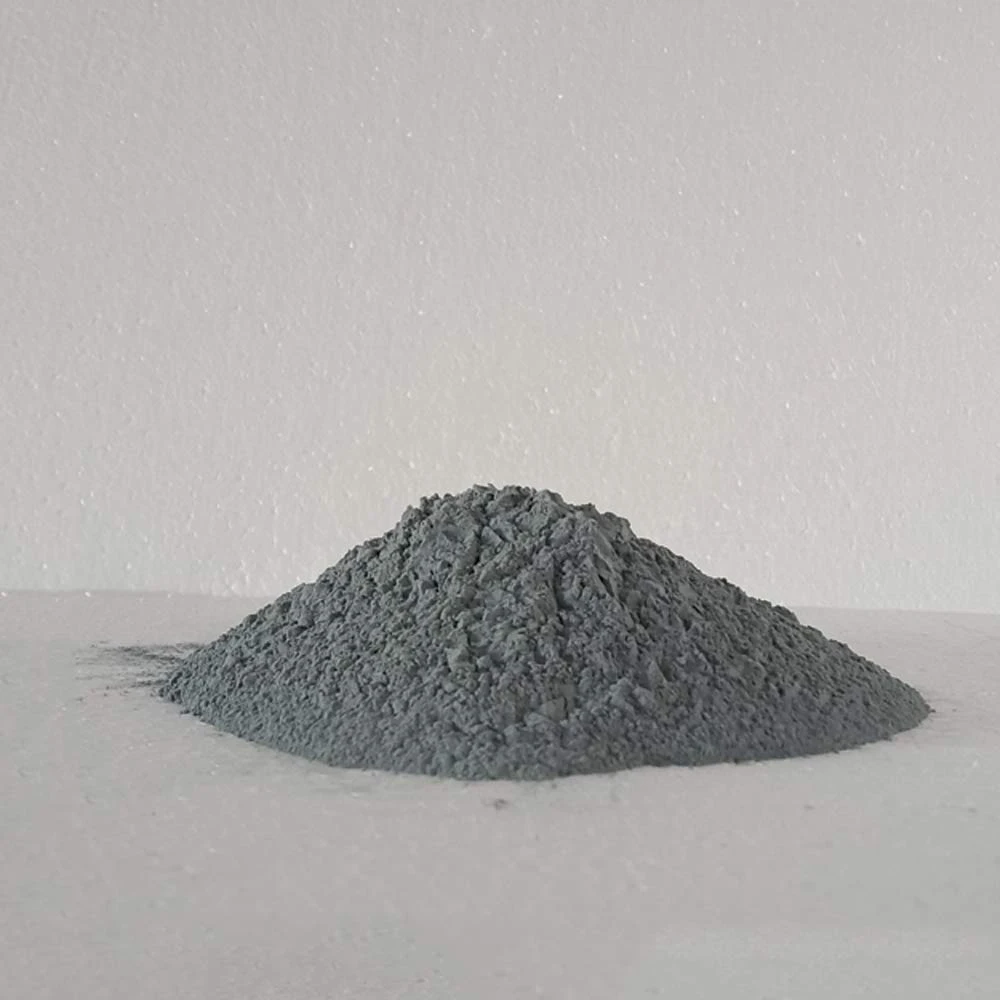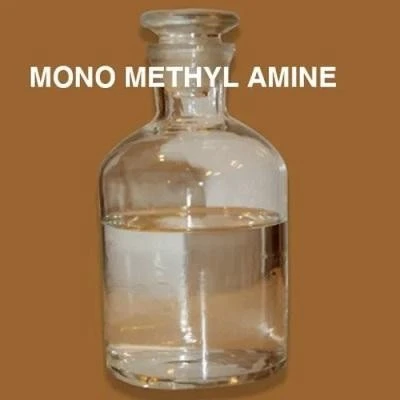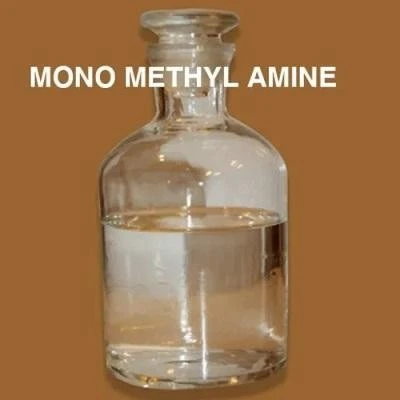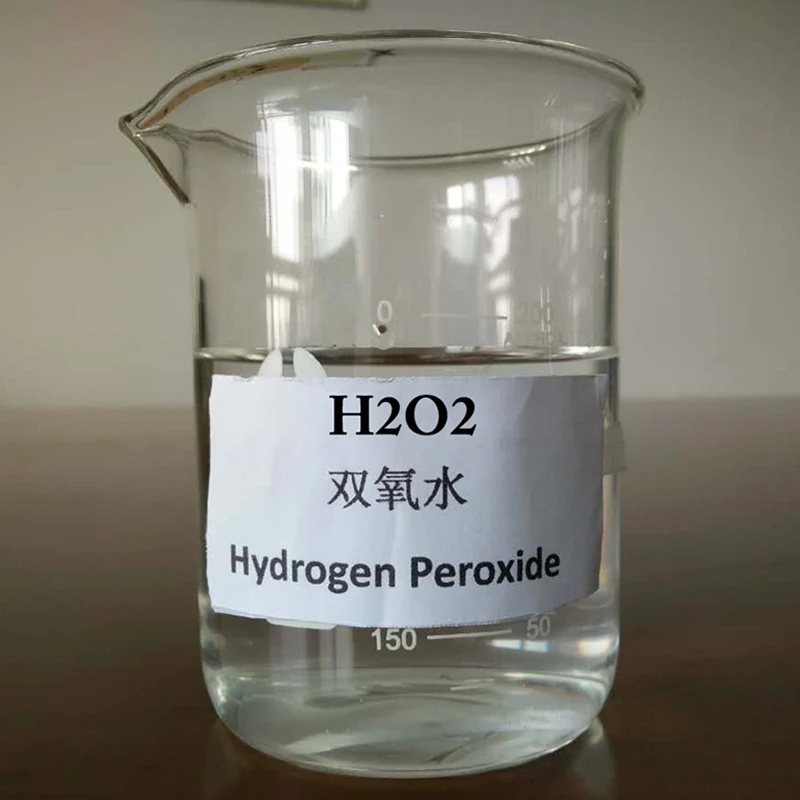


Zinc Chloride: a reliable stabilizer for ice dye color salts in the dye industry
In the precision production chain of the dye industry, Zinc Chloride, with its unique chemical properties, has become a key guarantee for the stable existence of ice dye color salts in the production process of reactive and cationic dyes, laying an important foundation for the stability of dye quality and the improvement of production efficiency.
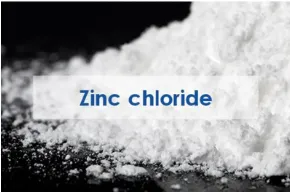
Zinc Chloride has a range of chemical properties that are suitable for the needs of the dye industry
Zinc chloride anhydrous is a white crystalline powder that is easily soluble in water. The aqueous solution is acidic and has strong hygroscopicity and chemical activity. This substance is stable at room temperature and can react with various organic and inorganic compounds. Its ionic structure endows it with good chelating ability, which gives it a natural advantage in stabilizing ice dye color salts. Meanwhile, Zinc Chloride has a high chemical purity and is less prone to introducing impurities during the production process, ensuring that the purity of the dye product is not affected.
In the production of reactive dyes, the stabilizing mechanism of Zinc Chloride on ice dye color salts is clear and efficient
Ice dye coloring salts are prone to decomposition or deterioration due to environmental factors during preparation and storage, which can affect the coloring effect of reactive dyes. Basic zinc chloride can inhibit the hydrolysis and oxidation reactions of chromogenic salts and prevent their structural damage by forming stable complexes with the active groups in the chromogenic salts. In addition, the acidic environment of Zinc Chloride aqueous solution can adjust the pH value of the reaction system, providing a suitable chemical environment for color developing salts, further enhancing their stability, and ensuring that the reactive dyes have full color and high color fastness in subsequent applications.
Zinc Chloride also plays an irreplaceable stabilizing role in the production of cationic dyes
The ice dye developing salt of cationic dyes is sensitive to temperature and humidity, and is prone to coagulation or decomposition in high temperature and high humidity environments, leading to a decrease in dye performance. Fused zinc chloride, with its hygroscopicity, can absorb moisture from the environment, maintain the dryness of the reaction system, and reduce the influence of humidity on color developing salts. At the same time, it interacts with the cationic groups in the chromogenic salt to form stable ionic bonds, enhancing the thermal stability of the chromogenic salt and maintaining a stable chemical structure and dyeing performance of the cationic dye during production, storage, and application.
Zinc Chloride has shown significant advantages as a stabilizer in the dye industry
Its stable effect is long-lasting and efficient, which can maintain the chemical stability of ice dye color salts for a long time and reduce the loss of raw materials in the production process. Its usage method is simple, and it can be directly mixed with color developing salt solution without complex operating procedures, reducing the complexity of the production process. Moreover, the addition of iodinated zinc chloride will not have a negative impact on the final performance of the dye, but can instead improve the dyeing uniformity and color fastness of the dye, ensuring the high-quality of the dye product.
With the continuous improvement of product quality and production efficiency requirements in the dye industry, the potential application of Zinc Chloride in the stability of ice dye color salts is still being explored. Researchers optimize its concentration and reaction conditions to further enhance stability and reduce usage to lower production costs. At the same time, combined with the concept of green production, explore the recycling methods of Zinc Chloride to reduce its impact on the environment.
In summary, Zinc Chloride, with its unique chemical properties, stabilizes the color salt of ice dyes in the production of reactive and cationic dyes through chelation and environmental regulation, ensuring the quality and performance of the dyes, and has significant application advantages. It is an indispensable and important substance in the dye industry, providing strong support for promoting the stable development of dye production.
Zinc Chloride FAQs
How does Zinc Chloride act as a stabilizer in the dye industry?
Zinc Chloride is used as a stabilizer for ice dye color salts in the dye industry, mainly due to its strong hygroscopicity and chelating ability. It can effectively absorb moisture from the environment, prevent the loss of color developing salts due to deliquescence, and form stable complexes with active groups in dye molecules, slowing down decomposition reactions and ensuring the chemical stability of color developing salts during storage and transportation. In addition, Zinc Chloride can adjust the pH value of the system, suppress the occurrence of side reactions, and thus improve the color development and reproducibility of the dye.
Why does the production of ice dye color developing salts require the addition of Zinc Chloride as a stabilizer?
Ice dye color developing salts are prone to decomposition or oxidation during the preparation process due to temperature, humidity, and light exposure, resulting in a decrease in color development performance. Zinc Chloride, due to its chemical inertness and excellent hygroscopicity, can isolate moisture from contact with color developing salts, while enhancing its structural stability through coordination between metal ions and dye molecules. This dual protection mechanism significantly extends the shelf life of color developing salts and ensures their expected effectiveness in subsequent dyeing processes.
What are the unique advantages of Zinc Chloride compared to other stabilizers in dye applications?
Compared to traditional stabilizers such as sodium sulfate or calcium chloride, Zinc Chloride has higher chelating ability and wider pH adaptability. It can form water-soluble complexes with various cationic and reactive dyes, avoiding precipitation and not introducing impurity ions that interfere with dyeing. In addition, the addition of Zinc Chloride in small amounts can achieve significant results, reduce production costs, and have a relatively small burden on the environment, which is in line with the development trend of green chemistry.
What process conditions should be considered when using Zinc Chloride as a stabilizer?
The addition of Zinc Chloride in dye production requires strict temperature and concentration control. It is usually recommended to slowly add at room temperature to avoid dye aggregation caused by local over concentration. The pH of the reaction system should be maintained between 6-8 to prevent zinc ions from hydrolyzing and becoming ineffective in strong acid or alkali environments. In addition, it is necessary to ensure that Zinc Chloride is thoroughly mixed with the dye, and if necessary, stirring or ultrasonic treatment should be used to improve dispersion uniformity. When storing, it should be sealed and kept away from light to prevent moisture absorption and clumping.
What impact does the stability of Zinc Chloride have on the performance of the final dye product?
The stability of Zinc Chloride directly determines the color fastness, brightness, and batch consistency of the dye. If the stabilizer fails, the color developing salt may decompose prematurely, resulting in uneven dyeing or color difference. High quality Zinc Chloride ensures that the dye maintains its structural integrity during high-temperature dyeing or subsequent washing, improving its resistance to light and friction. In addition, its low toxicity characteristics also make the final product more in line with textile safety standards, suitable for high-end clothing and home textile fields.
-
Propargyl Alcohol: A Multifunctional Chemical Additive in the Industrial FieldNotíciasAug.11,2025
-
Phosphorus Pentasulfide: a special material that combines moisture absorption and basic chemical valueNotíciasAug.11,2025
-
Natural Pesticides: The Environmental Choice for Green Prevention and ControlNotíciasAug.11,2025
-
Grass Pesticide: the invisible guardian of green lawnsNotíciasAug.11,2025
-
Dimethyl Sulfoxide: Key Assistance in Sample Management and Drug ScreeningNotíciasAug.11,2025
-
Uncover the Benefits of Sodium ChlorateNotíciasJun.24,2025
-
Sodium for Sale: Your Essential ResourceNotíciasJun.24,2025
